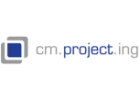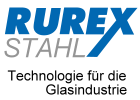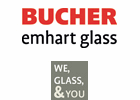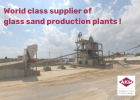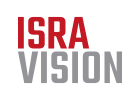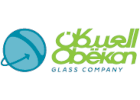INFO
Voici les informations fondamentales de l´entreprise. Cette entreprise a préparé d´autres informations f.ex le site internet, numéros de téléphone, télecopie, contacts, histoire et données géneriques.
Afin de recevoir ces informations en ligne ou pour les avoir imprimés, il faut avoir un "Profile Access" à glassglobal.com valide. Voir conditions ici: Price Info .
Contact
| Adresse | Valmiera Glass USA Corp. 168 Willie Paulk Parkway Dublin, GA 31021 |
| Pays | Etats Unis |
| Etat | Georgia |
| Get in contact with Valmiera Glass USA Corp. |
Produits ou Machines
Technical fabrics of glass fibre (TG fabrics) are made from 2 types of glass (E-glass 600°C and SiO2-glass 1000+°C). In the project stage there is HR-glass (800°C), from which we will offer TG fabrics in the future.
We offer high silica fabrics (KA). High silica glass fibre materials are an excellent alternative to asbestos. The materials have low thermal conductivity, are inert to the majority of chemical reagents, resistant to organic and mineral acids (except hydrofluoric and phosphoric), weak alkali, water, and high-pressure steam.
Until quite recently these high silica materials were used only in aircraft and aerospace industries, but now they are used in various branches of industry, where heat resistant (up to 1000°C) materials are required.
- E-Glass 600º C
- HR-Glass 800º C
- SiO2-Glass 1000º+C

